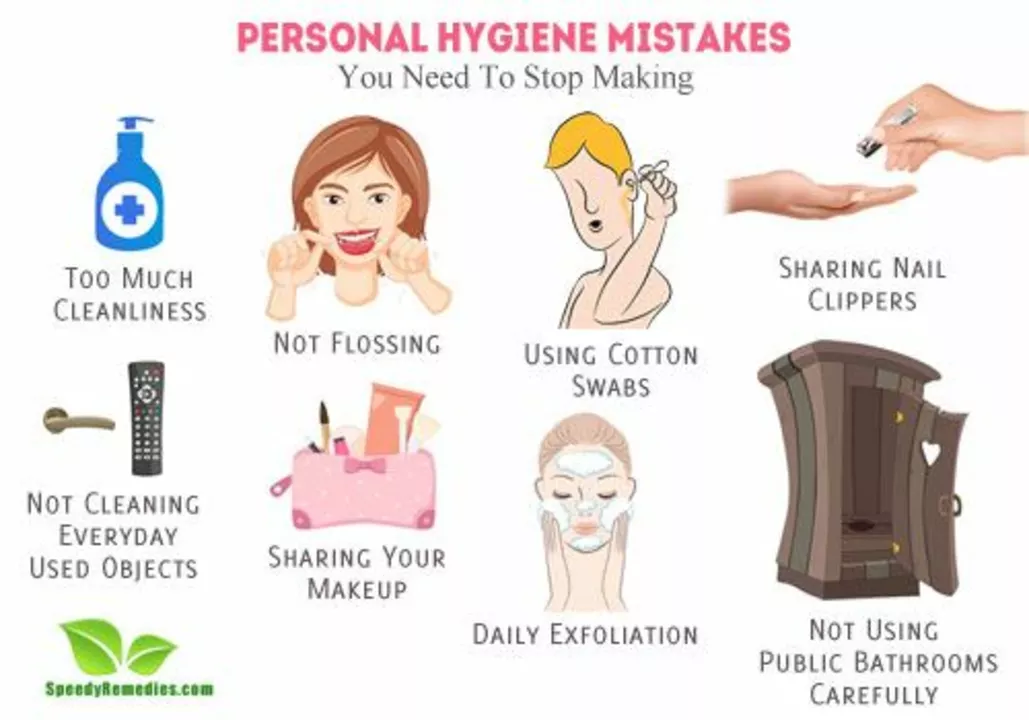Traveling with Medications: Practical Tips for Flights and Road Trips
Traveling with medications can feel stressful, but a few simple habits make it smooth. Pack all essential meds in your carry-on so you never lose access. Keep medicines in original labeled containers and bring a copy of each prescription or a doctor’s letter for controlled drugs. For injections like insulin, carry syringes, a sharps case, and a note about medical necessity.
Plan for temperature needs. Many meds — especially insulin like Lantus — need cold or at least stable temperatures. Use an insulated bag and cold packs approved for travel. Don’t freeze medications unless your pharmacist says it’s safe. If you’ll be on a long flight or in a hot climate, store meds in a climate-controlled hotel mini-fridge or an insulated medical pack.
Dealing with airport security and syringes? Tell TSA or local security agents you have medical supplies and show your paperwork. Liquids rules allow medically necessary liquids in reasonable quantities beyond 100ml, but declare them. Keep extra bandages and small supplies in case of delays.
Time zone dosing can be tricky. Make a dosing plan before you go: note when you normally take meds and calculate local times at your destination to keep doses consistent. Use alarms on your phone and set reminders. For once-daily meds, keeping roughly 24-hour intervals is usually fine; for multiple daily doses or time-sensitive drugs, check with your prescriber.
Running out mid-trip happens. First, locate a local licensed pharmacy—search for accredited pharmacies or contact a local clinic. If you must order online, use verified pharmacy sites and avoid sellers that don’t require a prescription.
Check legal restrictions before crossing borders. Some countries tightly control stimulants, certain pain meds, or hormone treatments. A quick call to the embassy or checking the country’s health website avoids surprises. Carry a written list of generic drug names, not just brand names, since local equivalents may be different.
Pack a basic travel med kit: your regular meds plus a small supply of pain relievers, anti-diarrheal, antihistamine, and any allergy meds you might need.
Insurance and access matter. Check if your travel insurance covers prescription replacement abroad. Take screenshots of pharmacy locations and have contact info for your home prescriber in case a local doctor needs to consult.
be discreet but prepared. Keep meds accessible during transit, have backups in checked luggage if you can’t carry them, and stay organized with a pill organizer or labeled zip bags. A calm, prepared approach turns medication travel from stressful to manageable.
Quick travel med checklist
Carry-on with all daily meds, original labels, prescriptions or doctor note, insulated pack for temperature-sensitive drugs, small first-aid items, phone alarms, and at least a three-day extra supply.
Finding refills and safe online options
If you need a refill abroad, use licensed pharmacies, ask for a local prescription, or consult telehealth services that can send a prescription to a nearby pharmacy. Avoid sellers with no prescription requirement and look for verified seals or government registration.

How to Prevent Ear Canal Infections While Traveling
During my travels, I've discovered a few essential tips to prevent ear canal infections. First, keep your ears dry by using a soft towel or a hairdryer on a low setting after swimming or showering. Second, avoid using cotton swabs or inserting any objects into your ear canal, as it can cause irritation or push debris further in. Third, consider wearing earplugs while swimming in public pools or unclean water to protect against bacteria. Lastly, maintain good ear hygiene by cleaning the outer ear with a damp cloth, but never insert anything into the ear canal. Safe travels and healthy ears!
Detail



